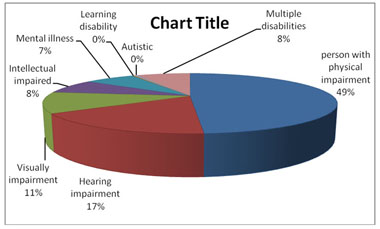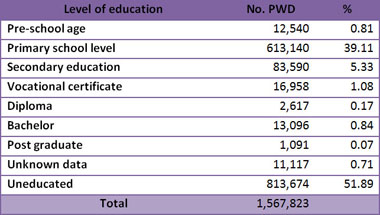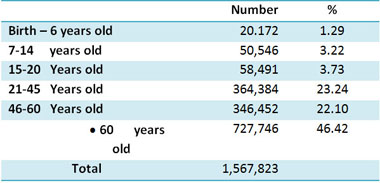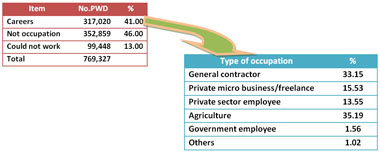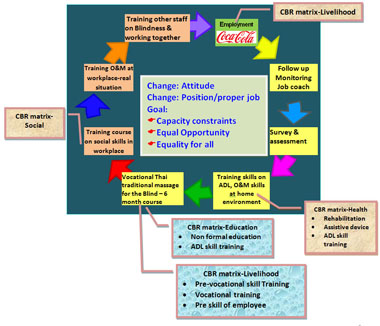The 3rd Asia-Pacific CBR Congress
The challenges of living with dignity of persons with disabilities.
By Kannika Saruaysuwan
CBR project in Lampang province, Thailand
Forward
This report is about efforts to develop appropriate inclusive income generation activities including vocational training in the community involving people with disabilities to alleviate poverty. This is a Persons with disabilities are among the poorest of the poor people of Thailand. Lampang eye foundation set up a pilot project to develop career opportunities and promote employment for people with disabilities in Lampang province, North of Thailand. This project utilizes Section 33 and Section 35 of the Empowerment of Persons with Disabilities Act of 2550, as amended (No. 2) Act 2556 into action. This law is applicable to the establishment of public and private sector to hire people with disabilities working ratio of 100: 1. However, persons with disabilities still cannot access open employment and get better livelihood.
The pilot project highlights the barriers that people with disabilities have faced to gain access to open employment or occupations and how it is possible to remove such social barriers faced by persons with disabilities as no access to information, difficulties to travel between homes and workplaces, having to live in the city where the majority of jobs existed.
Introduction
1.1 Situation of persons with disability in Thailand
Statistics disabilities in Thailand have 1.5 million, representing 2.41 percent of the total population. Separate male and female 54.30 per cent 45.70 per cent in classifying disabilities into seven categories as following graph.
1.2 Education situation of person with disability
Thailand has good system and government policy to support. 15 years compulsory education free policy for all Thai people but PWD can get free education until bachelor degree. The government also promotes “Inclusive education” throughout the country. There are 813,674 persons with disability (51.89%) still do not get education. These majority group are still need assist to get education, employment and develop skill for earn incomes. CBR is very important method to assist these group to get job and income generation. To improve quality of life and get out of poverty, CBR approach is very important methodology to use at grass-root level.
Table 2: education situation for PWD in Thailand
1.3 Occupation situation of person with disability in Thailand
Since 2007, Thai government policy is to encourage people with disabilities are employed by the enactment of the law on the employment of people with disabilities using the quota system of 100: 1. There are 769,327 persons with disability who are of working age (15-60 years old, 49.07%)
Table 3: statistic of PWD by age
Resource: department of person with disabilities. Date: August 2015
Table 4: the careers of people with disabilities who are of working age
The data above mention is shown that the majority groups of PWD (83.87%) are in agriculture and general contractor career and private business. Persons with Disability need assist to access to financial resource to start up business. About 70% of those PWD who are of working age live in the rural area. There are many factors that make PWD unable to compete in the labor market generally. The factor is :-
- 70% live in remote area, travelling barrier, not informed, difficult to access to information and right.
- Do not have access to services for People with Disabilities.
- • Business sector mainly in large cities or industrial cities.
- The disabled do not want to relocate to work from home.
- Residence and workplace no facilities for Person with Disabilities.
- Barriers to travel between workplace and residence.
- Cost of living is higher for Person with Disabilities to compare with ordinary worker.
Section 2: How CBR approach can assist Person with Disabilities involve to income generation and employment.
The CBR project in Lampang province, Thailand studies and developed a model to promote career and employment for people with disabilities in local communities using the labor laws to help remove barriers that prevent people with disabilities from having employment.
The pilot projects start in 2013, the project find ways to develop people with disabilities to lead an employed or self-employed according to their personal needs or restrictions due to the disability. By Thai Disability employment law, the employment of people with disabilities under Section 33 and Section 35 was used to develop the field of employment and income generation program. Of course the project is implemented CBR matrix to develop Persons with Disability. The study found that obstacles people with disabilities faced were health related issues, severity of disability, lack of necessary skills related to work - Pre vocational skill development, office locations in major cities. Those problems can be solved by CBR approach.
As an example of case study below.
Case study 1: Coca Cola Company employs persons with visually impaired.
This pilot project starts in 2013. There are many Blinds who finished Thai traditional massage training from Lampang skills development. They need to get a job. Some of them can achieve to open Thai massage shop but not all of those who success in this business. By employment law, the employment of people with disabilities ratio is 100: 1.
Coca Cola Company is a giant company that has workers over 9,000 people across the country. The company must employ 90 Persons with Disability. They try to get people with disabilities into work but never have Person with disabilities to apply for work. Since the position was announced to recruit disabled workers in production and distribution. This is a big problem for both side, company position is not suitable for disability and Person with disability themselves could not fit in the position.
To prepare professional skills for Person with Disability in the community for work in Coca Cola Company through CBR approach.
To remove barriers of people with disabilities in the workplace, the project provides training courses to prepare them how to adapt to workplace environment, Coordinates the establishment and government related activities related to the employment of people with disabilities under Section 33 of the disabled into work. The COCA COLA Company employs 29 persons with visual impairment by creatively adjusting positions to enable those, who cannot work in a production line, to provide traditional Thai massage for other employees within the company. These groups of persons with disabilities therefore can enter into formal employment and that the COCA COLA Company also complies to the Law on employment quota of persons with disabilities.
The Lessons learned from this case study showed that if the private sector. Business organizations have an understanding of the potential and limitations of People with Visual Impairment. You can change the nature of work or assignments to the disabled people into work and use their potential to the full.
Meanwhile, CBR staff have to prepare people with disabilities to be able to work and can adapt to colleagues and the workplace
The employer also must have knowledge and understanding about people with disabilities in the potential and limitations of people with disabilities. Adjust the attitude of employers to find the appropriate duty to fit for people with disabilities, not to find more disabled people to find suitable jobs exist only.
Case study 2: To Empower person with Disability to do income generation in the community
People with disabilities who live in rural areas may not want to work in the cities because of the difficulty of traveling and how to adapt into city life. 80% of people with disabilities in the sample would like to have a livelihood that can generate income at home environment. 20% need to get a job but could not while the present Thai Law fully promotes employment of persons with disabilities.
To use Section 35 of the Empowerment of Persons with Disabilities Act of 2007, as amended (No. 2) Act 2013, the law states if businesses could not employ persons with disabilities to work in the company, they can allocate budget to promote income generation or support capacity building activities for persons with disabilities. The project coordinates with AIS Telephone Company to establish AIS Call Center to promote vocation for People with Visual Impairment, Physical disabilities in Lampang Eye foundation. This is the Joint action to establish first Call Center which is run by persons with disabilities in Lampang province.
Conclusion: These results suggested that persons with disabilities can have access to formal employment and live with dignity with good pre vocational skills development, good coordination between businesses and persons with disabilities to remove barriers in workplaces. Individual vocation of PWD needs to be considered in order to improve quality of life and inclusion persons with disabilities to society.
Key wards: disability, employment, occupation, livelihood
Slide 1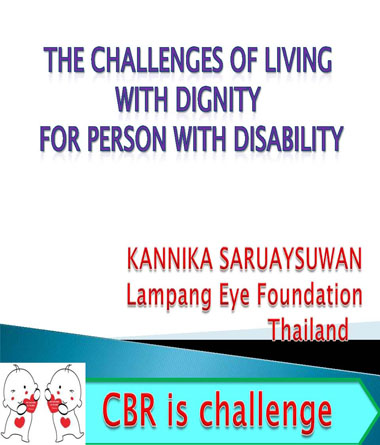 (Slide 1 text)
(Slide 1 text)
Slide 2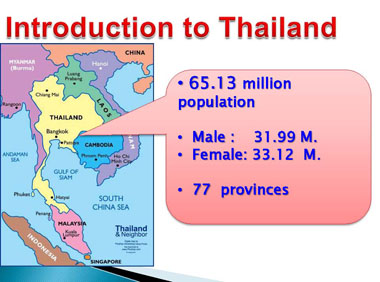 (Slide 2 text)
(Slide 2 text)
Slide 3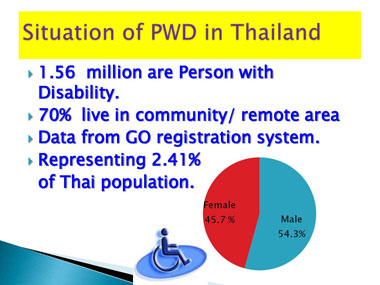 (Slide 3 text)
(Slide 3 text)
Slide 4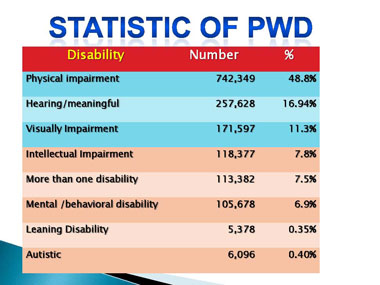 (Slide 4 text)
(Slide 4 text)
Slide 5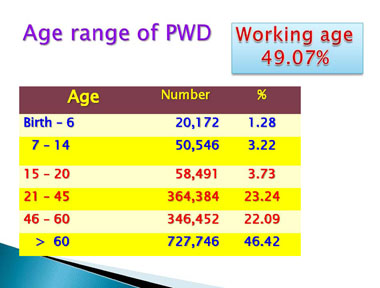 (Slide 5 text)
(Slide 5 text)
Slide 6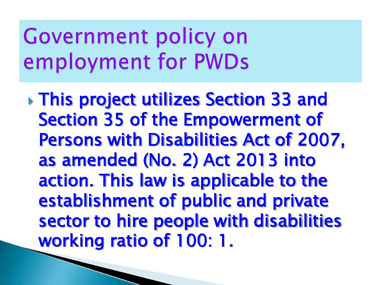 (Slide 6 text)
(Slide 6 text)
Slide 7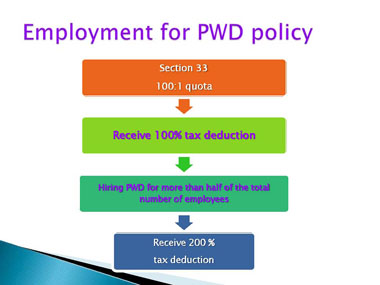 (Slide 7 text)
(Slide 7 text)
Slide 8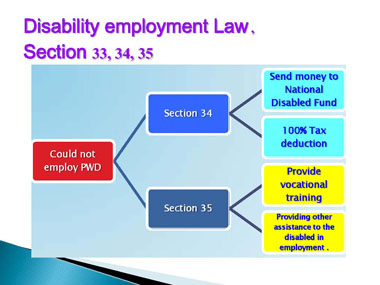 (Slide 8 text)
(Slide 8 text)
Slide 9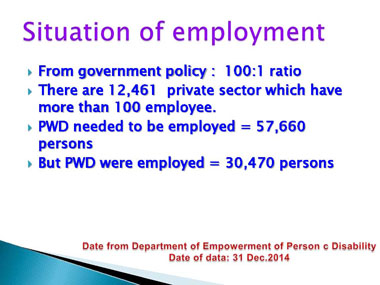 (Slide 9 text)
(Slide 9 text)
Slide 10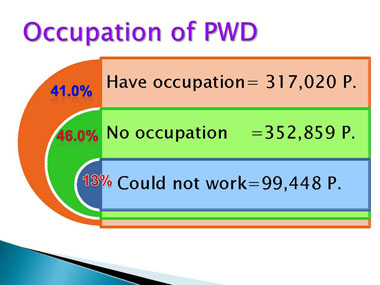 (Slide 10 text)
(Slide 10 text)
Slide 11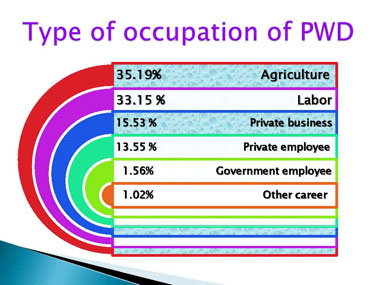 (Slide 11 text)
(Slide 11 text)
Slide 12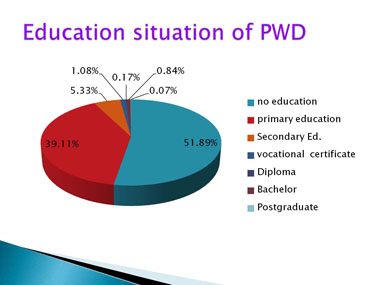 (Slide 12 text)
(Slide 12 text)
Slide 13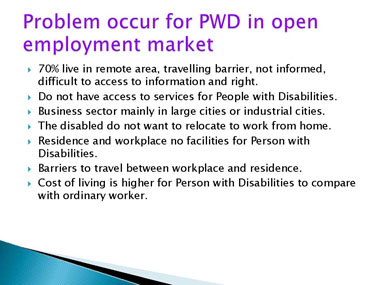 (Slide 13 text)
(Slide 13 text)
Slide 14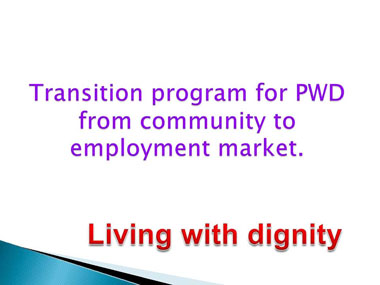 (Slide 14 text)
(Slide 14 text)
Slide 15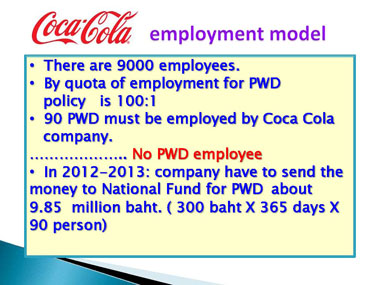 (Slide 15 text)
(Slide 15 text)
Slide 16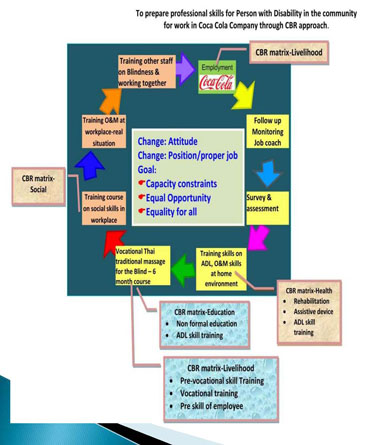 (Slide 16 text)
(Slide 16 text)
Slide 17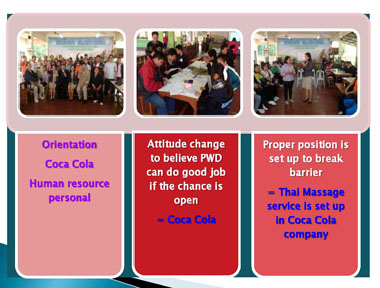 (Slide 17 text)
(Slide 17 text)
Slide 18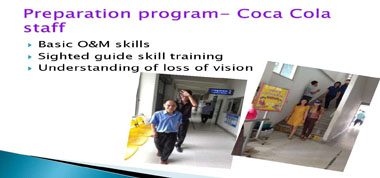 (Slide 18 text)
(Slide 18 text)
Slide 19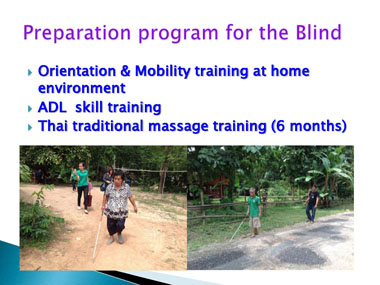 (Slide 19 text)
(Slide 19 text)
Slide 20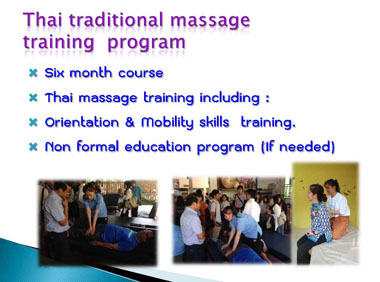 (Slide 20 text)
(Slide 20 text)
Slide 21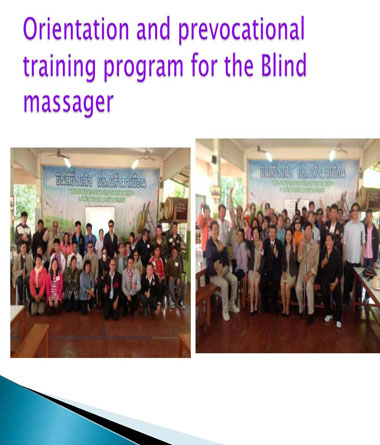 (Slide 21 text)
(Slide 21 text)
Slide 22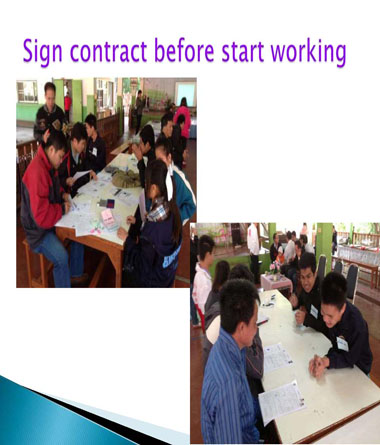 (Slide 22 text)
(Slide 22 text)
Slide 23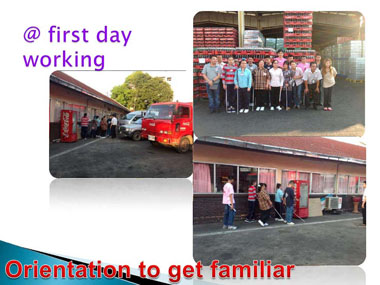 (Slide 23 text)
(Slide 23 text)
Slide 24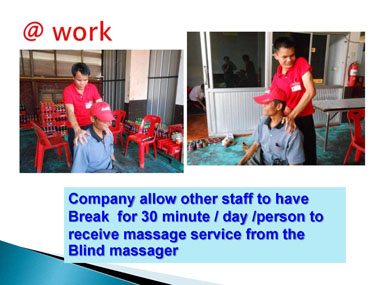 (Slide 24 text)
(Slide 24 text)
Slide 25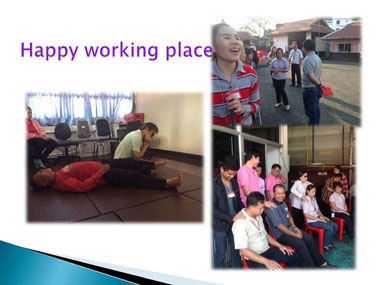 (Slide 25 text)
(Slide 25 text)
Slide 26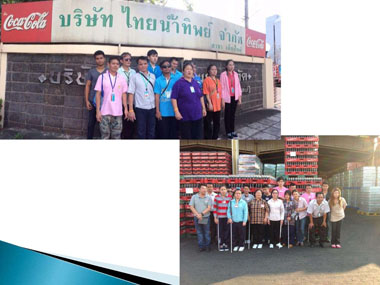
Slide 27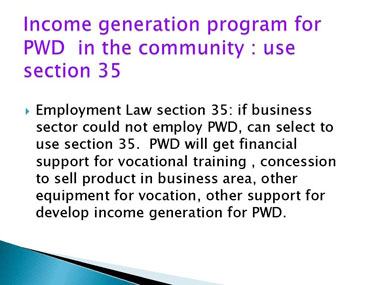 (Slide 27 text)
(Slide 27 text)
Slide 28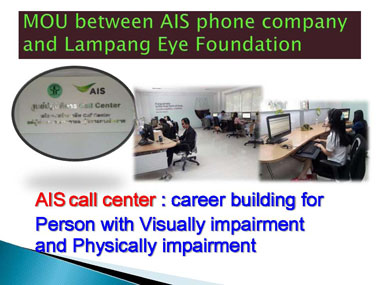 (Slide 28 text)
(Slide 28 text)
Slide 29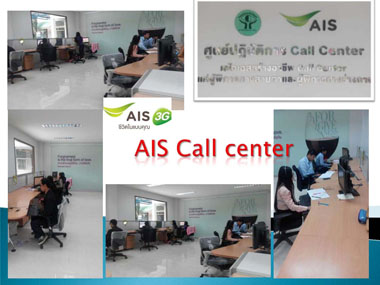 (Slide 29 text)
(Slide 29 text)
Slide 30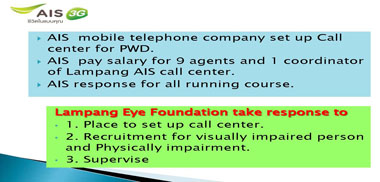 (Slide 30 text)
(Slide 30 text)
Slide 31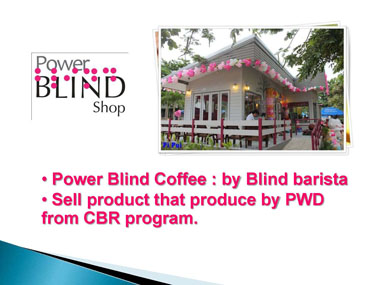 (Slide 31 text)
(Slide 31 text)
Slide 32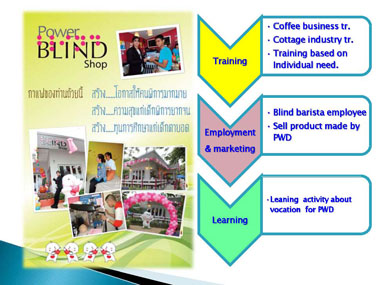 (Slide 32 text)
(Slide 32 text)
Slide 33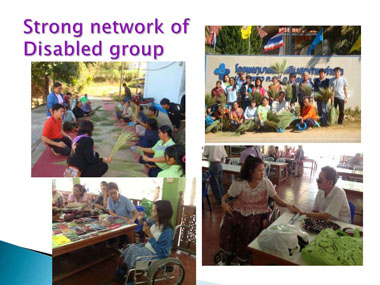 (Slide 33 text)
(Slide 33 text)
Slide 34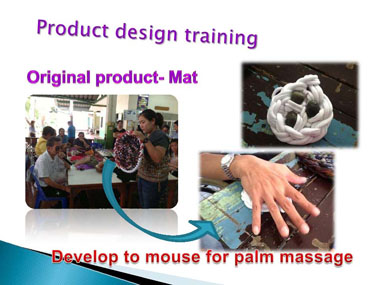 (Slide 34 text)
(Slide 34 text)
Slide 35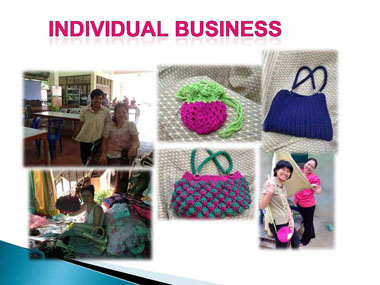 (Slide 35 text)
(Slide 35 text)
Slide 36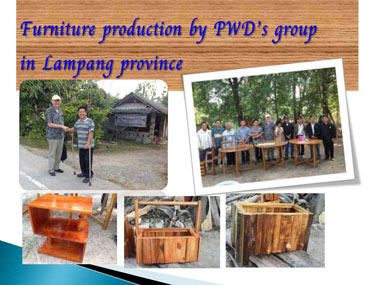 (Slide 36 text)
(Slide 36 text)
Slide 37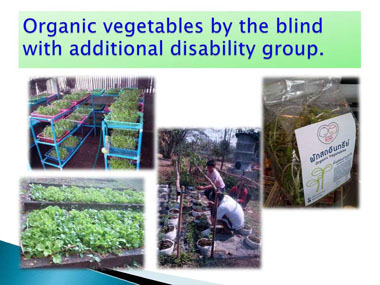 (Slide 37 text)
(Slide 37 text)
Slide 38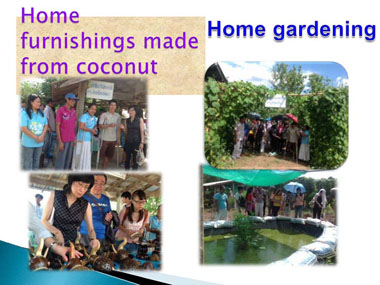 (Slide 38 text)
(Slide 38 text)
Slide 39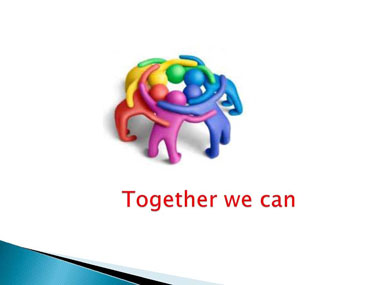 (Slide 39 text)
(Slide 39 text)

